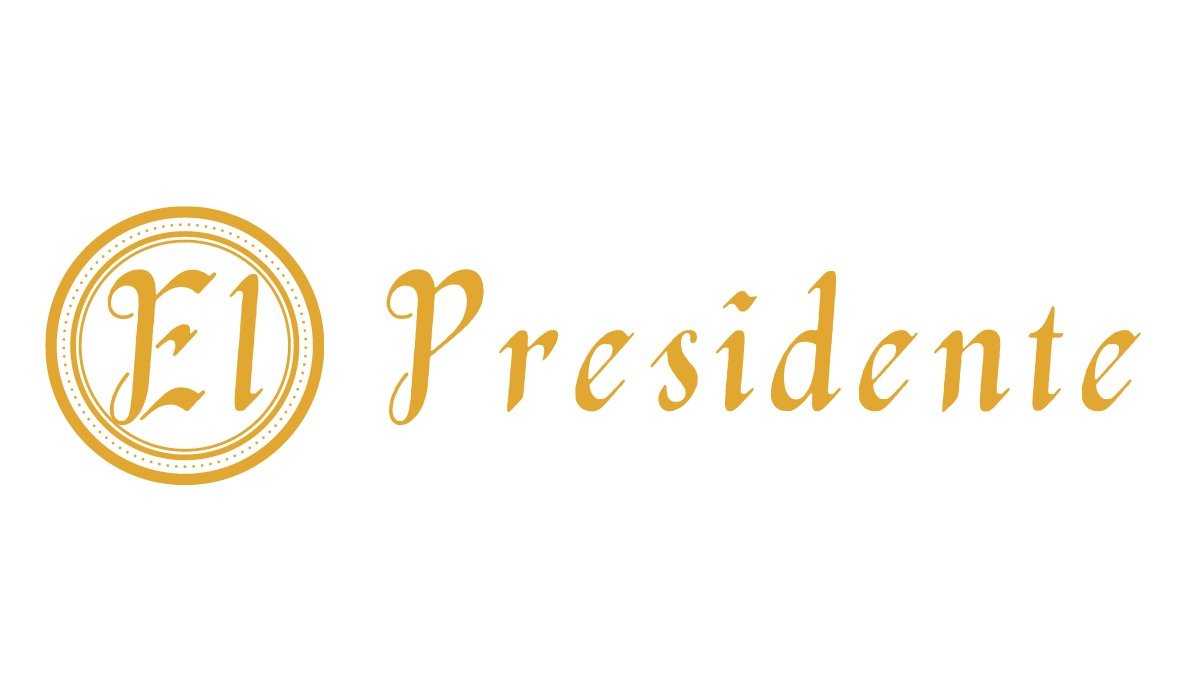Manufacturing process
Tobacco culture
The process begins with the cultivation of tobacco plants in Nicaragua's Estéli, Manounga, Condega, Ometépé, Alapa and southern regions, where ideal climatic conditions and fertile soil contribute to the quality of the leaves. The plants are grown, tended and harvested meticulously by hand.
Rolling
The tobacco leaves are then hand-rolled by experienced torcedores, who use their expertise to create cigars of uniform shape and size, ensuring that the outer leaf (capa) is smooth and flawless.
Drying & fermentation
Once harvested, the tobacco leaves are sorted, grouped and hung in tobacco driers to dry. After this stage, the leaves are fermented in stacks to develop their aromas and flavors.
Pressing & aging
Cigars are pressed to ensure that they hold their shape and burn evenly. They are then placed in aging chambers for a minimum of 1 month, where they rest to develop their aromas and complexity.
Sorting & assembly
After fermentation, the tobacco leaves are sorted and graded according to quality and size. Master torcedores (cigar rollers) select the appropriate leaves and assemble them to form the tobacco blend that will make up each cigar.
Packaging & Distribution
Finally, the cigars are individually packed in wooden boxes and labeled. They are then distributed to retailers and cigar enthusiasts around the world.
